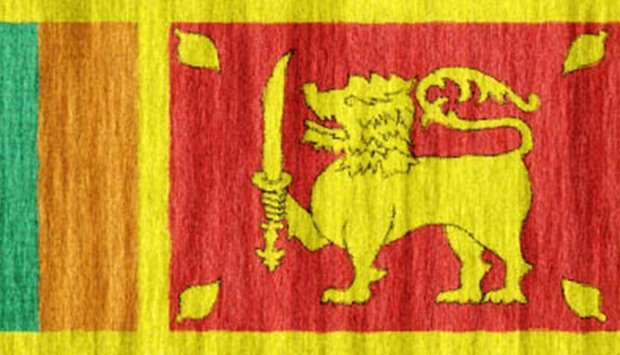The Asian Development Bank yesterday announced over $2bn in loans and equity to Sri Lanka, which is in negotiations with the International Monetary Fund for a bailout.
ADB president Takehiko Nakao said the money would be used to finance expressways, railways, power generation and education.
It covers 2016 through 2018 and compares with $1.5bn allocated in the preceding three years.
“The ADB is re-orienting its operations to meet the evolving needs of Sri Lanka as it moves to become an upper middle-income country in the next few years,” he said after talks with President Maithripala Sirisena and other leaders.
Nakao praised the government which came to power last year promising an end to corruption under the former regime of Mahinda Rajapakse. But he urged better tax collection and prudent spending.
“Both tax revenue enhancement and effective management of public expenditure are urgent tasks for the government,” he said.
The new government has gone on a spending spree to deliver on election promises of higher wages and lower prices, increasing the budget deficit and causing concern over the balance of payments.
On Friday, the central bank raised benchmark interest rates for the first time in nearly four years, by 50 basis points to 8%.
The rate rise came as Sri Lanka made a formal request for an IMF bailout package to aid its struggling economy after a sharp slowdown in growth. Details of any bailout have yet to be finalised.
The IMF, which sent a mission to review Sri Lanka’s economy earlier this month, said it had warned the authorities they should make a “stronger effort” immediately to reduce the
deficit.
Sri Lanka received $2.6bn from the IMF in 2009 to boost its financial reserves, which had dropped below $1bn at the height of fighting between Tamil Tiger rebels and government forces.

SRI LANKA
